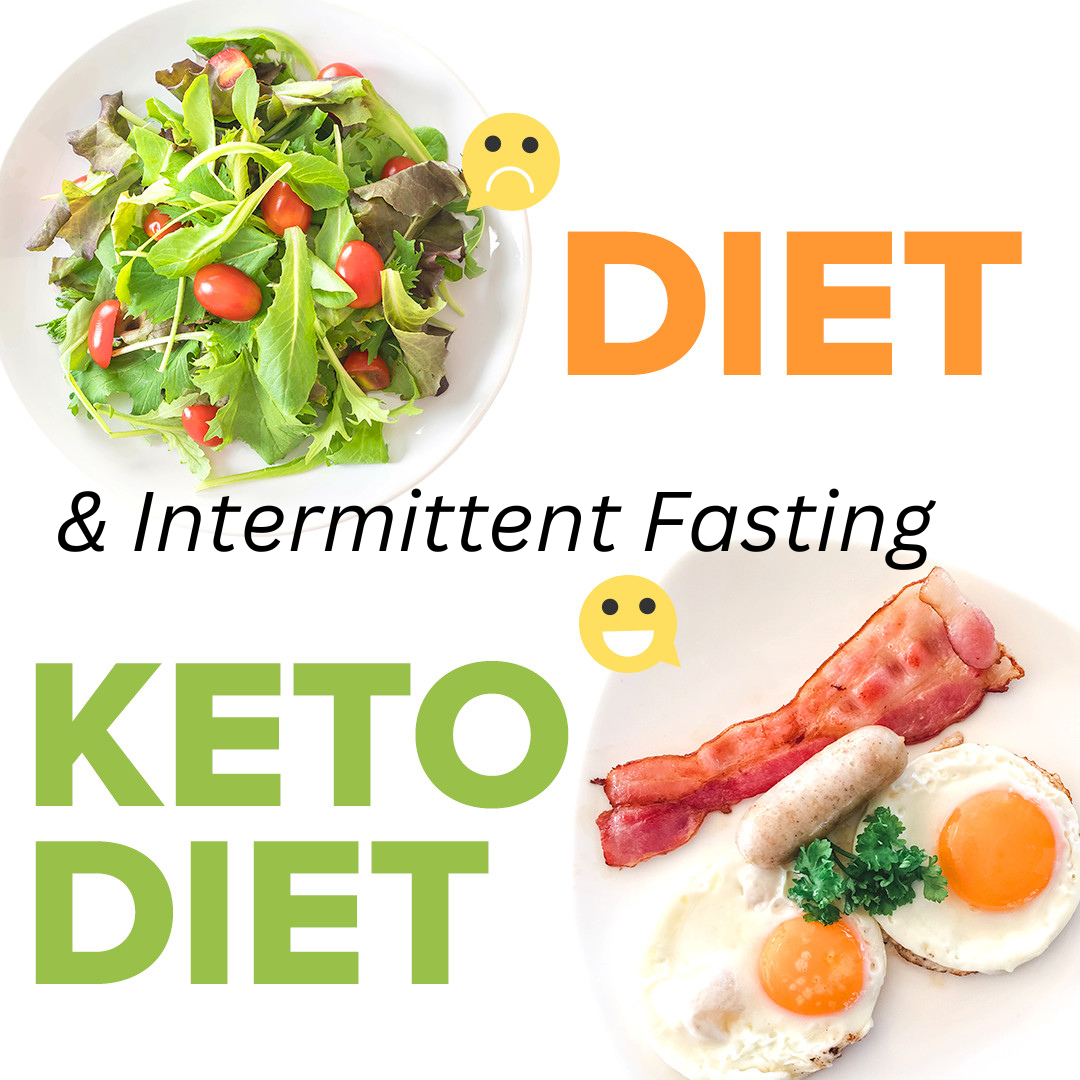In this article:
- Chrononutrition and Intermittent Fasting offer a unique approach to health, focusing on aligning eating patterns with the body’s internal clock for optimal wellbeing.
- Scientific evidence supports these practices, suggesting benefits such as improved metabolic health, potential weight loss, and better sleep quality.
- Implementing these practices involves Time-Restricted Feeding (TRF), with different regimens providing varied impacts, and a focus on personalizing the approach based on individual circadian rhythms.
- Starting chrononutrition and intermittent fasting can pose some initial challenges but with practical tips and understanding of individual chronotypes, these can be navigated effectively. The potential health benefits make the journey worthwhile.
You’re about to dive into a world where time isn’t just money—it’s health. Chrononutrition and intermittent fasting are the hot tickets to syncing your meal times with your body’s natural rhythm. But why bother?
Well, our body isn’t just a vessel—it’s a finely tuned clockwork machine. Each tick and tock influences our metabolic health, and we’re going to explore the science behind it. From understanding the concept to implementing it into your routine, we’re going to unfold the mystery.
So, prepare yourself for a journey through time, where you’ll unlock secrets to optimal health. Sounds exciting? You bet it is! Let’s get started.
Understanding Chrononutrition and Intermittent Fasting
What is Chrononutrition?
Chrononutrition is like a rhythm section in a band, driving the beat of your body’s health. It’s all about the when of eating. Our bodies follow a 24-hour cycle called circadian rhythm, and chrononutrition taps into this rhythm to optimize our metabolism. It’s not just what you eat, but when you eat that matters. Think of it like setting the pace for a well-oiled machine—your body.
The Lowdown on Intermittent Fasting
Now, let’s turn our attention to intermittent fasting—another maestro of the mealtime world. This isn’t a diet, but a dietary pattern. You cycle between periods of eating and fasting, without specific rules on what foods to eat. It’s like a well-choreographed dance, with steps of feasting and fasting. The result? Potential benefits for weight loss, metabolic health, and more.
Syncing Eating Patterns with Your Body’s Clock
So, how do chrononutrition and intermittent fasting tie in with your body’s internal clock? Well, our bodies aren’t just flesh and bone—they’re also clocks, ticking in time with the day-night cycle. Our metabolism, hormone levels, and even digestion ebb and flow over this 24-hour period.
Chrononutrition and intermittent fasting synchronize our meal times with these natural rhythms. It’s like swimming with the current instead of against it. By understanding these patterns, we can better align our eating habits with our body’s clock, potentially improving our health and reducing the risk of chronic disease. It’s not just a matter of eating healthier, but eating smarter.
The Science Behind Chrononutrition and Intermittent Fasting
Circadian Rhythms and Metabolism
Imagine your body as a city. It’s bustling and active during the day, but as night falls, it slows down, lights dim, and it prepares for rest. This is your body’s circadian rhythm at work—biological clock genes that govern your metabolism, digestion, and even hormones. Your body thrives when it adheres to these rhythms. It’s like a conductor guiding an orchestra, ensuring each instrument plays at the right time for a harmonious symphony.
How Meal Timing Influences Metabolic Health
Now, let’s discuss meal timing. You see, our bodies don’t just clock-watch; they also calendar-watch our meals. Eating at consistent times helps maintain our body’s metabolic rhythm. Like train departures, regular meal times can lead to better digestion, optimized hormone release, and improved metabolic responses. Eat too late, and you might throw your body’s train off schedule, potentially leading to metabolic dysfunctions.
Studies Supporting the Benefits of Aligned Eating Patterns
The science has our back on this one. In a 2023 meta-analysis, groups with higher energy intakes earlier in the day reported greater weight loss and improved metabolic parameters compared to those eating later. It’s like the early bird not just getting the worm, but also enjoying better health!
Further, research shows our glucose tolerance and insulin sensitivity dip in the evening. So, that late-night pizza? It could be contributing to metabolic risks. Aligning our eating habits with our internal clock can lead to better glucose and insulin responses, lowering the risk of metabolic diseases. It’s not magic—it’s science, and it’s changing the way we think about meal timing.
Implementing Chrononutrition and Intermittent Fasting Practices
The Concept of Time-Restricted Feeding (TRF)
Let’s delve into the world of Time-Restricted Feeding (TRF), a cousin of intermittent fasting. Here, you eat all your meals within a specific time window each day. It’s like opening a buffet for a set time and then closing the kitchen. This practice allows your body to align its metabolic functions with its circadian rhythms, leading to improved health.
Different TRF Regimens and Their Impacts
There’s no one-size-fits-all in TRF. Some folks prefer the 16/8 method—16 hours of fasting and an 8-hour eating window. Others might opt for a narrower eating window, say 6 hours. Each method has its impacts. The 16/8 regimen, for instance, has shown promise in weight loss and improved heart health. Shorter eating windows might further enhance these benefits but can be challenging to maintain. It’s like choosing the right workout—you have to find what suits you best.
Personalizing TRF Based on Individual Circadian Rhythms
Remember, our bodies have internal clocks, and they’re not all set to the same time. You might be a night owl, while your friend is an early bird. Personalizing your TRF approach based on your individual circadian rhythm can optimize the benefits. For early birds, an earlier eating window might be best. Night owls may benefit from a later window. It’s like tuning your body’s orchestra to play its best symphony, unique to you.
The Benefits of Syncing Meal Times with Natural Rhythms
Health Benefits of Aligned Eating Patterns
Syncing meal times with your body’s natural rhythms, like dancing to its own beat, can lead to substantial health benefits. You see, our bodies are designed to digest and metabolize food more efficiently at certain times of the day. When we align our eating patterns with these times, we might see improvements in areas such as weight management, blood sugar control, and even heart health.
How TRF Can Boost Metabolic Health
Time-Restricted Feeding (TRF) is a handy tool in the metabolic health toolbox. By confining eating to a specific window, we give our bodies a break from the constant work of digestion. This fasting period allows our bodies to focus on repair and maintenance tasks, leading to improvements in metabolic health. Think of it as giving your body’s metabolic machinery a well-deserved rest.
Additional Potential Benefits of TRF and Chrononutrition
Beyond boosting metabolic health, aligning meal times with our natural rhythms can have other potential benefits. Some research suggests it might improve sleep quality and mental alertness. Other studies point to the possibility of longevity. It’s as if syncing our meals with our body’s rhythms could unlock hidden potential benefits, like finding a secret level in a video game.
Tips and Guidelines for Implementing Chrononutrition and Intermittent Fasting
Starting With TRF: Practical Tips
Embarking on the Time-Restricted Feeding (TRF) journey might feel daunting at first, but with a few practical tips, you can easily hop on board. Start by gradually narrowing your eating window. Instead of diving into a strict 8-hour window, try limiting eating to a 12-hour window first, then tighten it over time. Also, remember hydration is key during fasting hours – water, tea, or coffee can help curb hunger pangs.
Considering Individual Chronotypes for Optimal TRF Timing
We’re all unique, and so are our internal clocks. Some of us are early birds, some are night owls, and others are somewhere in between. These differences, known as chronotypes, can influence the optimal timing for TRF. Pay attention to your body’s signals. If you feel more energetic and hungry in the mornings, start your eating window early. If you’re a night owl, a later eating window might work better.
Addressing Potential Challenges and Risks
Like any lifestyle change, implementing TRF and chrononutrition can come with challenges. You might feel hungry, experience low energy levels, or find social situations tricky to navigate. It’s important to listen to your body and adjust as needed. Also, certain people, like those with specific health conditions or pregnant women, should consult a healthcare provider before starting any new diet regimen. Remember, the goal is health optimization, not deprivation.
Recap of Key Points
Throughout this journey, we’ve discovered that chrononutrition and intermittent fasting, particularly Time-Restricted Feeding (TRF), offer a fascinating way to align eating patterns with our body’s internal clock. This alignment can boost metabolic health and overall well-being. Remember, the science behind this is rooted in our circadian rhythms and metabolism.
Encouragement for Personal Experimentation with Chrononutrition and Intermittent Fasting
Here’s your invite to explore these practices. You now have the knowledge, the why, and the how. Take it slow, consider your unique chronotype, and always be mindful of your body’s signals. Keep in mind that the journey to optimal health is not a race, but a personal marathon. Happy experimenting, and may this be a gateway to unlocking your body’s potential!
Frequently Asked Questions
1. What’s the big deal about chrononutrition and intermittent fasting? Well, let me share a bit of my excitement! Chrononutrition and intermittent fasting are all about aligning our eating patterns with our body’s internal clock. And this, my friend, could unlock our body’s potential for optimal health. It’s like finding the key to a treasure chest!
2. But isn’t eating whenever I want just as good? I thought the same at first. But then I learnt that our bodies are biologically designed to process food better at certain times. It’s like surfing—catching the wave at the right time makes all the difference. There’s a rhythm to it. And when we align our meal times with our body’s rhythms, we ride the wave to better health.
3. So, what’s this Time-Restricted Feeding (TRF) you’re talking about? Ah, TRF! It’s the superstar of chrononutrition and intermittent fasting. With TRF, we only eat during certain hours of the day. It’s like giving our body a well-deserved break from constant digestion. And the coolest part? Different TRF regimens can have different impacts on our health.
4. How does meal timing influence my metabolic health? Imagine a finely tuned orchestra with each instrument playing at the right time. That’s how our metabolism works, with different processes peaking at different times. By syncing our meal times with our body’s rhythms, we’re simply helping the orchestra play beautiful music.
5. Are there any scientific studies supporting this? Absolutely! Numerous studies suggest that aligned eating patterns can improve metabolic health, reduce obesity risk, and even potentially help with chronic conditions like diabetes. It’s like finding out your favorite dessert is actually good for you!
6. What are the benefits of aligning meal times with natural rhythms? The benefits are amazing! Better sleep, improved digestion, enhanced energy levels, and even potential weight loss. It’s like giving your body a tune-up, and it’s all thanks to the magic of our body’s internal clock.
7. Any tips on how to implement these practices? Certainly! Start slow, maybe with a 12-hour feeding window. Listen to your body, adjust as needed. Remember, it’s not a one-size-fits-all approach. It’s about personalizing TRF based on your individual circadian rhythms. It’s like finding the perfect pair of shoes that fits just right! However, are some people that these strategies are NOT suitable so you must seek medical advice prior to changing your diet for any one of the following including:
- Children
- Teenagers
- The Elderly
- Pregnant or breastfeeding women
- People who are severely underweight
- People with history of eating disorders
- People with diabetes or blood sugar control issues
- People with health conditions that require regular intake of medication with food
8. Are there any risks or challenges I should be aware of? Like anything new, there could be a few bumps along the road. Some people might experience hunger pangs or sleep disturbances initially. But these usually subside as the body adjusts. It’s like starting a new exercise routine—you might be sore at first, but it gets better with time. As per above, do check with your primary care provider first, prior to changing your diet.
9. How does this compare to other dietary practices like Keto or Paleo? While Keto and Paleo focus on what you eat, chrononutrition and intermittent fasting focus on when you eat. It’s a whole different ball game! You could even combine them if you like. Imagine the power of eating the right foods at the right time!
10. Can I start implementing these practices right away? Yes, you can! But as with any lifestyle change, it’s always a good idea to consult with a healthcare provider first. It’s like getting a guide for a new adventure—you’ll be more prepared and confident!
So, what are you waiting for? Dive into the world of chrononutrition and intermittent fasting! Start experimenting, start aligning, and start unlocking your body’s potential!
Are you ready to sync your meal times with your body’s natural rhythms, or will you continue with your current eating habits?











